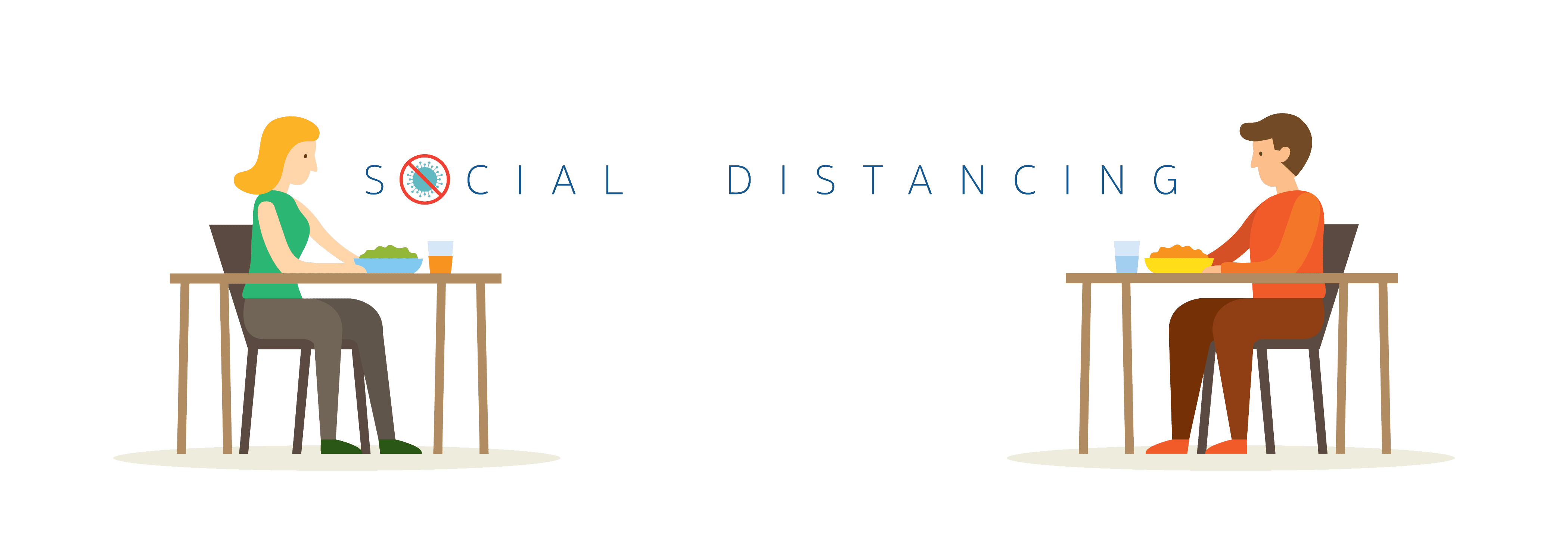Social distancing. Self-isolation. Flattening the curve. These terms are being mentioned a lot in the media. Educating yourself on what they mean is vital for your health and the health of others. With so much information available, it can be difficult to know what is true. For credible information look to sources like the World Health Organization (WHO), Public Health Agency of Canada (PHAC), and Centers for Disease Control and Prevention (CDC).
To help save you some time, we put together a list of key terms and their definitions…
A pandemic is the worldwide spread of a new disease. On March 11, 2020 the WHO classified COVID-19 as a pandemic.
Social or physical distancing minimizes physical contact with others during the peak of an outbreak. It is recommended to distance yourself at least 2 meters from others. Crowds of more than 50 people should be avoided. Social distancing is proven to be one of the most effective ways to reduce the spread of illness during an outbreak.
Self-monitoring is recommended to those who have no symptoms and may have been exposed to COVID-19 or are in close contact with seniors. Monitor yourself for 14 days and maintain social distancing whenever possible.
Self-isolation is for people with no symptoms and a history of possible exposure to the virus. This includes anyone who has traveled outside of Canada. Stay home and monitor yourself for symptoms for 14 days.
Patients diagnosed with COVID-19, including those waiting for test results are advised to isolate. This means staying home until your Public Health Authority says you are no longer at risk of spreading the virus.
Quarantine protects the public by separating and restricting the movement of well people who may have been exposed to COVID-19. People in quarantine may not know they’ve been exposed, or may have the virus but aren’t showing symptoms yet.
If you develop COVID-19 symptoms (fever, cough, difficulty breathing), isolate yourself from others and contact your Public Health Authority as soon as possible.
Suspect cases are patients with acute to severe respiratory illness and at least one of the following:
-
- History of travel to an infected location 14 days prior to symptom onset
- Contact with a confirmed or probable case of COVID-19
- Hospitalized and no other etiology fully explains the clinical presentation
A probable case is a suspect case for whom testing for COVID-19 is inconclusive.
Someone with laboratory confirmation of COVID-19 infection is considered a confirmed case irrespective of clinical signs and symptoms.
Flattening the curve is a move to stagger the rate of coronavirus cases so that hospitals have the capacity to treat more people. It does not necessarily reduce the total number of cases, but ensures the amount at any one time is more manageable.
The “curve” illustrates the wave of new coronavirus cases expected to hit. A high curve means the virus is spreading quickly. As a result, people may not get the care they need, and the number of fatalities is likely to increase. A low curve means the virus is spreading slowly which gives medical professionals time and resources to treat more cases.
Everyone can help flatten the curve. Wash your hands using proper techniques, practice proper cough and sneeze etiquette, and stay home when possible. We all have a role to play in mitigating the impacts of COVID-19, please do your part to share the responsibility.
